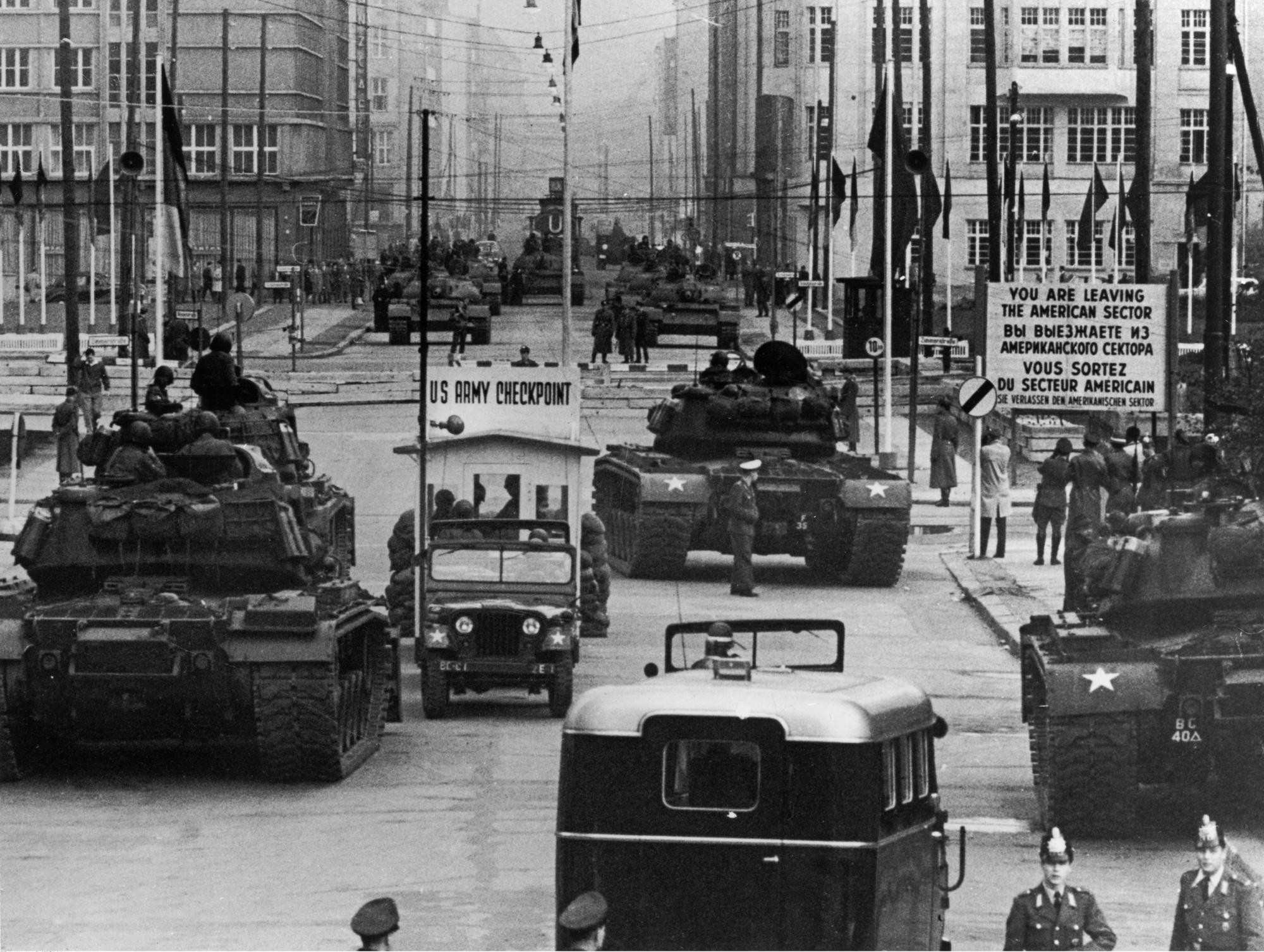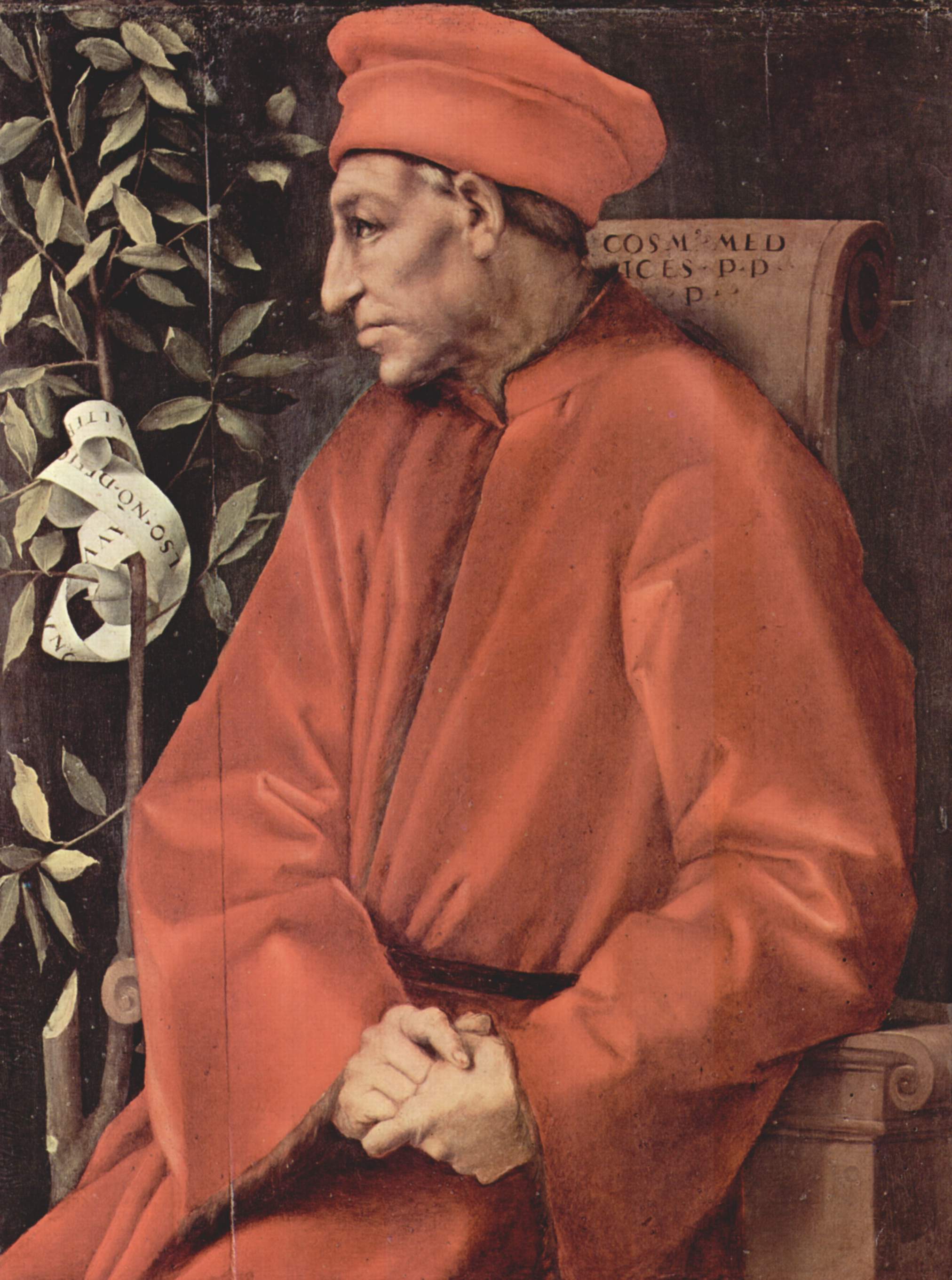|
Red Nightmare
''Red Nightmare'' is the best-known title of the 1962 Armed Forces Information Film (AFIF) 120, ''Freedom and You''. The short film was produced to mold public opinion against communism. The film was later released to American television and as an educational film to American schools under the ''Red Nightmare'' title. The film is a Cold War-era drama short subject directed by George Waggner, narrated by Jack Webb and starring Jack Kelly and Jeanne Cooper. Though made for the Department of Defense, it was shown on American television on Jack Webb's ''GE True'' in 1962. Plot In a typical American town, barbed wire, barricades and soldiers in Soviet uniforms are shown. Narrator Jack Webb explains that there are several places behind the Iron Curtain used for training Soviet espionage and sabotage forces prior to infiltrating America. The Donovans are a typical American family consisting of father Jerry, mother Helen and daughter Linda, whose boyfriend Bill has been invited to din ... [...More Info...] [...Related Items...] OR: [Wikipedia] [Google] [Baidu] |
George Waggner
George Waggner (September 7, 1894 – December 11, 1984) was an American actor, director, producer and writer. He is best known for producing and directing the 1941 film '' The Wolf Man''. For some unknown reason, Waggner sometimes configured his name in mostly lowercase letters but with his surname's two Gs capitalized ("waGGner"), including in the credits of some of the productions he directed. Career Born in New York City, he trained as a chemist and served in World War I before coming to Hollywood to pursue a career as an actor. He made his film debut as an actor portraying Yousayef in '' The Sheik'' (1921). He later acted in Western films. The first film he directed was ''Western Trails'' (1938). During his career as a film director, he worked with John Wayne ('' The Fighting Kentuckian''), Lon Chaney Jr. ('' Man Made Monster'' and his most famous film, ''The Wolf Man''), Brian Donlevy and Broderick Crawford (''South of Tahiti''), Randolph Scott (''Gunfighters'') and Bori ... [...More Info...] [...Related Items...] OR: [Wikipedia] [Google] [Baidu] |
Barbed Wire
A close-up view of a barbed wire Roll of modern agricultural barbed wire Barbed wire, also known as barb wire, is a type of steel fencing wire constructed with sharp edges or points arranged at intervals along the strands. Its primary use is the construction of inexpensive fences, and it is also used as a security measure atop walls surrounding property. As a wire obstacle, it is a major feature of the fortifications in trench warfare. A person or animal trying to pass through or over barbed wire will suffer discomfort and possibly injury. Barbed wire fencing requires only fence posts, wire, and fixing devices such as staple Staple may refer to: *Staple food, a foodstuff that forms the basic constituent of a diet *Staple (fastener), a small formed metal fastener **Surgical staple Arts, entertainment, and media * Staple (band), a Christian post-hardcore band ** ''Stap ...s. It is simple to construct and quick to erect, even by an unskilled person. The first patent in the ... [...More Info...] [...Related Items...] OR: [Wikipedia] [Google] [Baidu] |
Soviet Union
The Soviet Union,. officially the Union of Soviet Socialist Republics. (USSR),. was a List of former transcontinental countries#Since 1700, transcontinental country that spanned much of Eurasia from 1922 to 1991. A flagship communist state, it was nominally a Federation, federal union of Republics of the Soviet Union, fifteen national republics; in practice, both Government of the Soviet Union, its government and Economy of the Soviet Union, its economy were highly Soviet-type economic planning, centralized until its final years. It was a one-party state governed by the Communist Party of the Soviet Union, with the city of Moscow serving as its capital as well as that of its largest and most populous republic: the Russian Soviet Federative Socialist Republic, Russian SFSR. Other major cities included Saint Petersburg, Leningrad (Russian SFSR), Kyiv, Kiev (Ukrainian Soviet Socialist Republic, Ukrainian SSR), Minsk (Byelorussian Soviet Socialist Republic, Byelorussian SSR), Tas ... [...More Info...] [...Related Items...] OR: [Wikipedia] [Google] [Baidu] |
Museum
A museum ( ; plural museums or, rarely, musea) is a building or institution that cares for and displays a collection of artifacts and other objects of artistic, cultural, historical History (derived ) is the systematic study and the documentation of the human activity. The time period of event before the invention of writing systems is considered prehistory. "History" is an umbrella term comprising past events as well ..., or science, scientific importance. Many public museums make these items available for public viewing through display case, exhibits that may be permanent or temporary. The largest museums are located in major cities throughout the world, while thousands of local museums exist in smaller cities, towns, and rural areas. Museums have varying aims, ranging from the conservation and documentation of their collection, serving researchers and specialists, to catering to the general public. The goal of serving researchers is not only scientific, but int ... [...More Info...] [...Related Items...] OR: [Wikipedia] [Google] [Baidu] |
Sunday School
A Sunday school is an educational institution, usually (but not always) Christian in character. Other religions including Buddhism, Islam, and Judaism have also organised Sunday schools in their temples and mosques, particularly in the West. Sunday school classes usually precede a Sunday church service and are used to provide catechesis to Christians, especially children and teenagers, and sometimes adults as well. Churches of many Christian denominations have classrooms attached to the church used for this purpose. Many Sunday school classes operate on a set curriculum, with some teaching attendees a catechism. Members often receive certificates and awards for participation, as well as attendance. Sunday school classes may provide a light breakfast. On days when Holy Communion is being celebrated, however, some Christian denominations encourage fasting before receiving the Eucharistic elements. Early history Sunday schools were first set up in the 18th century in England ... [...More Info...] [...Related Items...] OR: [Wikipedia] [Google] [Baidu] |
Soviet Army
uk, Радянська армія , image = File:Communist star with golden border and red rims.svg , alt = , caption = Emblem of the Soviet Army , start_date = 25 February 1946 , country = (1946–1991)' (1991–1992) , branch = , type = Army , role = Land warfare , size = 3,668,075 active (1991) 4,129,506 reserve (1991) , command_structure = , garrison = , garrison_label = , nickname = "Red Army" , patron = , motto = ''За нашу Советскую Родину!(Za nashu Sovetskuyu Rodinu!)''"For our Soviet Motherland!" , colors = Red and yellow , colors_label = , march ... [...More Info...] [...Related Items...] OR: [Wikipedia] [Google] [Baidu] |
Kolkhoz
A kolkhoz ( rus, колхо́з, a=ru-kolkhoz.ogg, p=kɐlˈxos) was a form of collective farm in the Soviet Union. Kolkhozes existed along with state farms or sovkhoz., a contraction of советское хозяйство, soviet ownership or state ownership, sovetskoye khozaystvo. Russian plural: ''sovkhozy''; anglicized plural: ''sovkhozes''. These were the two components of the socialized farm sector that began to emerge in Soviet agriculture after the October Revolution of 1917, as an antithesis both to the feudal structure of impoverished serfdom and aristocratic landlords and to individual or family farming. The 1920s were characterized by spontaneous emergence of collective farms, under influence of traveling propaganda workers. Initially, a collective farm resembled an updated version of the traditional Russian " commune", the generic "farming association" (''zemledel’cheskaya artel’''), the Association for Joint Cultivation of Land (TOZ), and finally the ko ... [...More Info...] [...Related Items...] OR: [Wikipedia] [Google] [Baidu] |
Capitalism
Capitalism is an economic system based on the private ownership of the means of production and their operation for profit. Central characteristics of capitalism include capital accumulation, competitive markets, price system, private property, property rights recognition, voluntary exchange, and wage labor. In a market economy, decision-making and investments are determined by owners of wealth, property, or ability to maneuver capital or production ability in capital and financial markets—whereas prices and the distribution of goods and services are mainly determined by competition in goods and services markets. Economists, historians, political economists and sociologists have adopted different perspectives in their analyses of capitalism and have recognized various forms of it in practice. These include '' laissez-faire'' or free-market capitalism, anarcho-capitalism, state capitalism and welfare capitalism. Different forms of capitalism feature varying ... [...More Info...] [...Related Items...] OR: [Wikipedia] [Google] [Baidu] |
United States Army Reserve
The United States Army Reserve (USAR) is a reserve force of the United States Army. Together, the Army Reserve and the Army National Guard constitute the Army element of the reserve components of the United States Armed Forces. Since July 2020, the Chief of the United States Army Reserve is Lieutenant General Jody J. Daniels. The senior enlisted leader of the Army Reserve is Command Sergeant Major Andrew J. Lombardo. History Origins On 23 April 1908 Congress created the Medical Reserve Corps, the official predecessor of the Army Reserve. After World War I, under the National Defense Act of 1920, Congress reorganized the U.S. land forces by authorizing a Regular Army, a National Guard and an Organized Reserve (Officers Reserve Corps and Enlisted Reserve Corps) of unrestricted size, which later became the Army Reserve. This organization provided a peacetime pool of trained Reserve officers and enlisted men for use in war. The Organized Reserve included the Officers Reserve Corps ... [...More Info...] [...Related Items...] OR: [Wikipedia] [Google] [Baidu] |
Bowling
Bowling is a target sport and recreational activity in which a player rolls a ball toward pins (in pin bowling) or another target (in target bowling). The term ''bowling'' usually refers to pin bowling (most commonly ten-pin bowling), though in the United Kingdom and Commonwealth countries, bowling could also refer to target bowling, such as lawn bowls. In pin bowling, the goal is to knock over pins on a long playing surface known as a ''lane''. Lanes have a wood or synthetic surface onto which protective lubricating oil is applied in different specified oil patterns that affect ball motion. A strike is achieved when all the pins are knocked down on the first roll, and a spare is achieved if all the pins are knocked over on a second roll. Common types of pin bowling include ten-pin, candlepin, duckpin, nine-pin, and five-pin. The historical game skittles is the forerunner of modern pin bowling. In target bowling, the aim is usually to get the ball as close to a m ... [...More Info...] [...Related Items...] OR: [Wikipedia] [Google] [Baidu] |
Sabotage
Sabotage is a deliberate action aimed at weakening a polity, effort, or organization through subversion, obstruction, disruption, or destruction. One who engages in sabotage is a ''saboteur''. Saboteurs typically try to conceal their identities because of the consequences of their actions and to avoid invoking legal and organizational requirements for addressing sabotage. Etymology The English word derives from the French word , meaning to "bungle, botch, wreck or sabotage"; it was originally used to refer to labour disputes, in which workers wearing wooden shoes called interrupted production through different means. A popular but incorrect account of the origin of the term's present meaning is the story that poor workers in the Belgian city of Liège would throw a wooden into the machines to disrupt production. One of the first appearances of and in French literature is in the of d'Hautel, edited in 1808. In it the literal definition is to 'make noise with sabots' ... [...More Info...] [...Related Items...] OR: [Wikipedia] [Google] [Baidu] |




